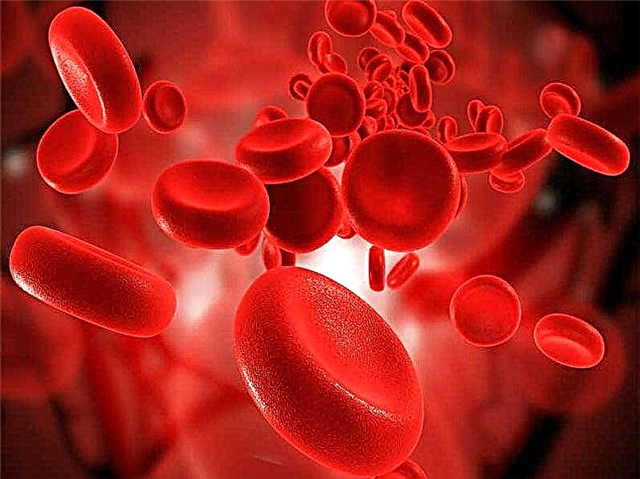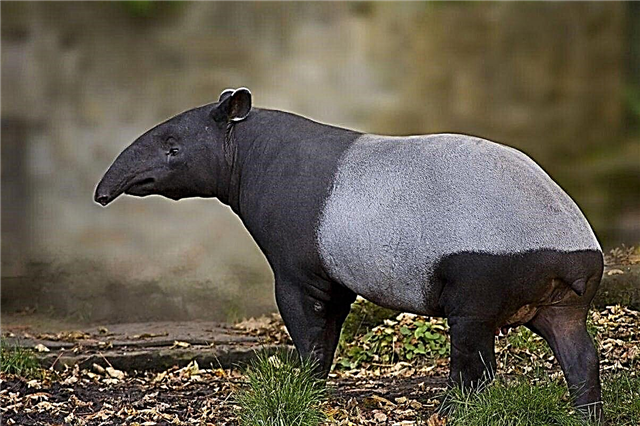
There are many different statements, the truth of which everyone believes, but almost no one thinks to check how fair they are. So, everyone knows that dogs do not distinguish colors, that is, for them the world and everything that happens in it is a television show of the 50s.
Do dogs distinguish colors?
However, according to Gerald Jacobs, an expert in experimental psychology from the University of California at Santa Barbara, dogs seem to distinguish the deep blue color of the sky no worse than any of us.
Jacob and two other experimenters developed a computer-controlled device that simultaneously analyzed the composition of light seen by a dog and threw out a reward in the form of a piece of meat or cheese. The purpose of the experiment was to find out if our best friends really see the world in a boring black and white image with shades of gray. Research was conducted on a poodle and two greyhounds. Experiments have proven that dogs distinguish colors.

How does a dog perceive colors?
However, a dog’s vision is similar to that of a color blind. The dog does not perceive the rainbow as we do. She cannot distinguish between red and green, and both of these are yellow and orange. This means that if your dog’s favorite yellow ball hits the green grass, the dog may not find it because the yellow ball will merge for the dog with a green grass background.But the dog will not confuse the blue ball with grass or any other object of any color.
Reason for color blindness
By the way, many people also do not distinguish all colors. 6 boys and men out of 100 do not distinguish green. Women have almost no such problems. Color vision disorders are transmitted to offspring with the same genes that make boys boys. The reason for the violation of color vision may be associated with damage to the retina - a thin layer of cells that lines the inside of the eyeball.

Some of these cells are called cones, they perceive the color of a ray of light incident on the retina and send information about it to the brain. The cones contain pigments - chemicals that absorb light rays with different wavelengths, that is, rays of different colors.
In humans, cone pigments are sensitive to three primary colors: red, green, and blue. Light is absorbed, pulses are excited in the cones, which are transmitted to the brain through the optic nerve. Somehow the brain decodes this information, and we perceive the world in multicolor colors. Some patients suffering from disorders in color discrimination see only yellow or blue color, everything else is perceived in gray, black and white colors. Some well distinguish between red and green, but do not see yellow and blue, others, fortunately there are not many, see the world in shades of black, white and gray.
In most cases, a violation in the distinction of colors is a congenital disease and is inherited.But there are cases of color vision impairment caused by an optic nerve disease or damage to areas of the brain responsible for vision.
In dogs, red-sensitive cones are absent. Therefore, they do not catch the difference between yellow-green and orange-red - this is similar to how color blind people see. And what we perceive as blue-green, the dog may seem white. But these animals are much better than humans distinguish shades of gray. And the point is not only that in the retina of the dog’s eyes there are more rods - photosensitive cells responsible for vision at dusk. Most likely, the sticks themselves are more sensitive than humans. Therefore, dogs have good night vision.
Interesting fact: dogs do not distinguish green from red and confuse both of these colors with yellow or orange.
Jacob says that no one knows exactly what the dog sees when she perceives the color. The dog cones are only susceptible to red and blue, so the orange, banana and apple look equally red for the dog. The only thing we can say is that the dog’s world is much more picturesque than we imagined.












